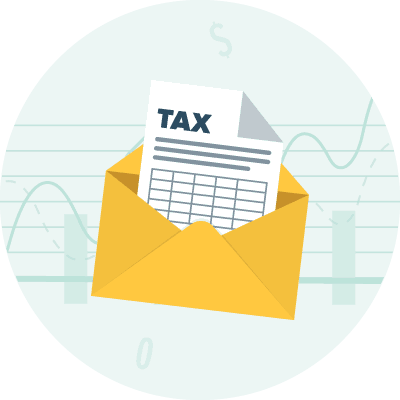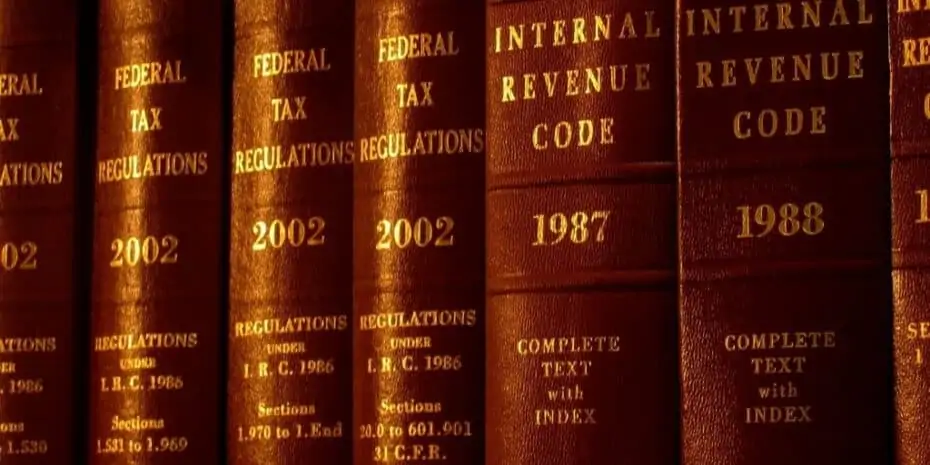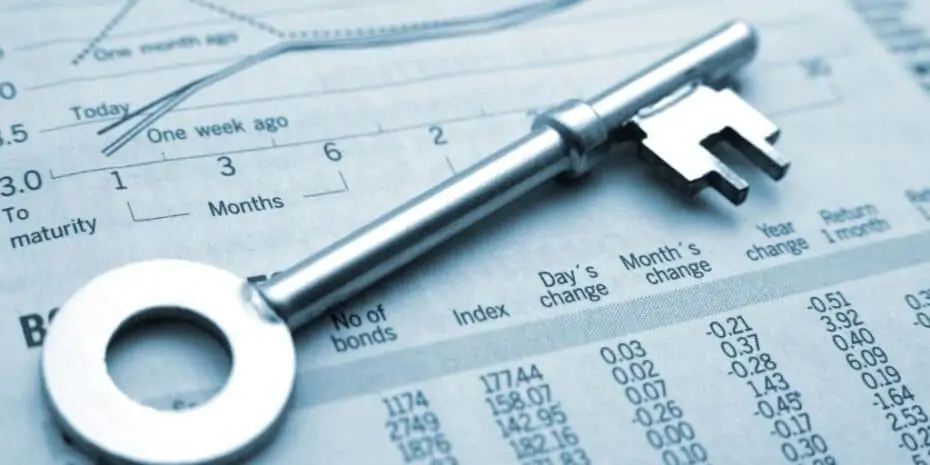What is the Section 121 Exclusion?
REtipster does not provide tax, investment, or financial advice. Always seek the help of a licensed financial professional before taking action.
How Does the Section 121 Exclusion Work?
The Section 121 rule (or Section 121 exclusion), part of the Taxpayer Relief Act of 1997, is one of the most valuable tax benefits available to homeowners[1]. It permits individuals and married couples filing jointly to exclude gains from the sale or exchange of their principal residence. If the entire gain qualifies, taxpayers do not even need to report the sale on their tax returns.
Under current guidelines, individuals can exclude up to $250,000, and certain married couples can exclude twice that or $500,000. Section 121 exclusion is not a one-time-only benefit; it can be used every two years as long as the taxpayers meet all its requirements.
Requirements for the Section 121 Exclusion
The Internal Revenue Service considers two main factors to see if gains from the sale of a home qualify for the Section 121 exclusion:
- Principal Residence. The IRS defines the principal residence as the one in which the taxpayer lives the majority of time in a particular year. However, the term “residence” has a loose definition and can apply to anything from a single-family home to a mobile trailer home, even a houseboat. If the person owns multiple residences, the Section 121 rule applies to the one the taxpayer spent the most time in during the qualifying period.
Example: The Garcias own a single-family home in Minnesota and a mobile home in Arizona. Between 2016 and 2018, they spent seven months a year in their Arizona trailer and five months in their Minnesota home. Even though the Minnesota home is larger and more valuable, the mobile home will be considered their principal residence for those years
- Use and Ownership. Under Section 121, the taxpayer must have owned and used the property in question as a principal residence for at least two of the previous five years as of the date of the sale of the property. This can be measured in months (24) or days (730). The time of use does not have to be consecutive, and the ownership and use periods do not have to be concurrent.
Example: Erik rented a condo in Denver and lived in it as his principal residence from January 2015 to January 2016 when he purchased it. In January 2017, he moved to Philadelphia and leased the condo to a tenant. He returned to Denver in January 2018 and again used the condo as his principal residence through January 2019. If he sells the condo in 2020, it will qualify for the Section 121 exclusion because he satisfied both the ownership and use requirements, although at different periods, during the previous five years.
The Section 121 Two-Year Limitation
The law allows taxpayers to exclude gains once every two years[2]. This means that an individual who sells more than one property that otherwise meets the requirements for a Section 121 exclusion can only claim the exclusion on one of the properties.
Example: Olivia bought a townhouse and lived in it as her principal residence in 2016 and 2017. She got married in 2018, leased her townhouse to her sister, and moved into her husband’s home. In 2020, Olivia and her husband want to sell both properties and use their combined equityto buy a bigger home. Although both homes could technically qualify for the Section 121 exclusion, they could only use it on the sale of one of the properties.
Combining a Section 121 Exclusion and a Section 1031 Exchange
A 1031 exchange allows investors to defer capital gains tax on investment properties by exchanging one property for another of equal or greater value. Although Section 121 usually applies to principal residences and not investment properties, it is possible to use the exclusion with 1031 exchange properties in certain situations.
For example, a taxpayer who owns a duplex and lives in one unit as a primary residence and rents out the other may claim the Section 121 exclusion on the portion of the gains related to their principal residence and use a 1031 exchange to defer gains on the investment portion of the property[3].
Similarly, a taxpayer who maintains a primary residence on a working farm or another land that could be partitioned could potentially take advantage of both tax strategies. In these situations, a tax specialist can provide more specific advice.
Section 121 Reduced Exclusion
Taxpayers who do not fully meet the two-year use and ownership requirements may still exclude a portion of their gains. When used this way, it will reduce the amount of the exclusion in proportion to the reduced time the property has met Section 121 requirements.
If a taxpayer owns a property that only qualified under Section 121 for three of the previous five years, they could potentially exclude three-fifths of the gain.
Example: The O’Tooles bought an investment property in 2015 and rented it to tenants until January 2017. They renovated the property and used it as their primary residence in 2017, 2018, and 2019. In 2020, they decided to sell the property. Because the property was originally used as an investment property when it was purchased, it only qualified for the Section 121 exclusion for three of the five years. They may be entitled to exclude three-fifths or 60% of their allowable gains.
Takeaways
The Section 121 exclusion helps homeowners reduce tax liability after the sale of a primary residence. Under current guidelines, single taxpayers may exclude up to $250,000 in gains, while married taxpayers who file jointly may exclude up to $500,000.
Section 121 is not technically intended for use with investment properties, but depending on how the property is used during the five-year period prior to sale, the exclusion may apply. In some situations, Section 121 exclusion may also be used in combination with 1031 exchanges for investment properties.
Sources
- Internal Revenue Service. (n.d.) Topic No. 701 Sale of Your Home. Retrieved from https://www.irs.gov/taxtopics/tc701
- Legal Information Institute. (n.d.) 26 CFR § 1.121-2 – Limitations. Retrieved from https://www.law.cornell.edu/cfr/text/26/1.121-2
- Olson, J. (2018.) Guidance for Utilizing Sections 121 & 1031 in Combination. AccountingWEB. Retrieved from https://www.accountingweb.com/practice/clients/guidance-for-utilizing-sections-121-1031-in-combination







